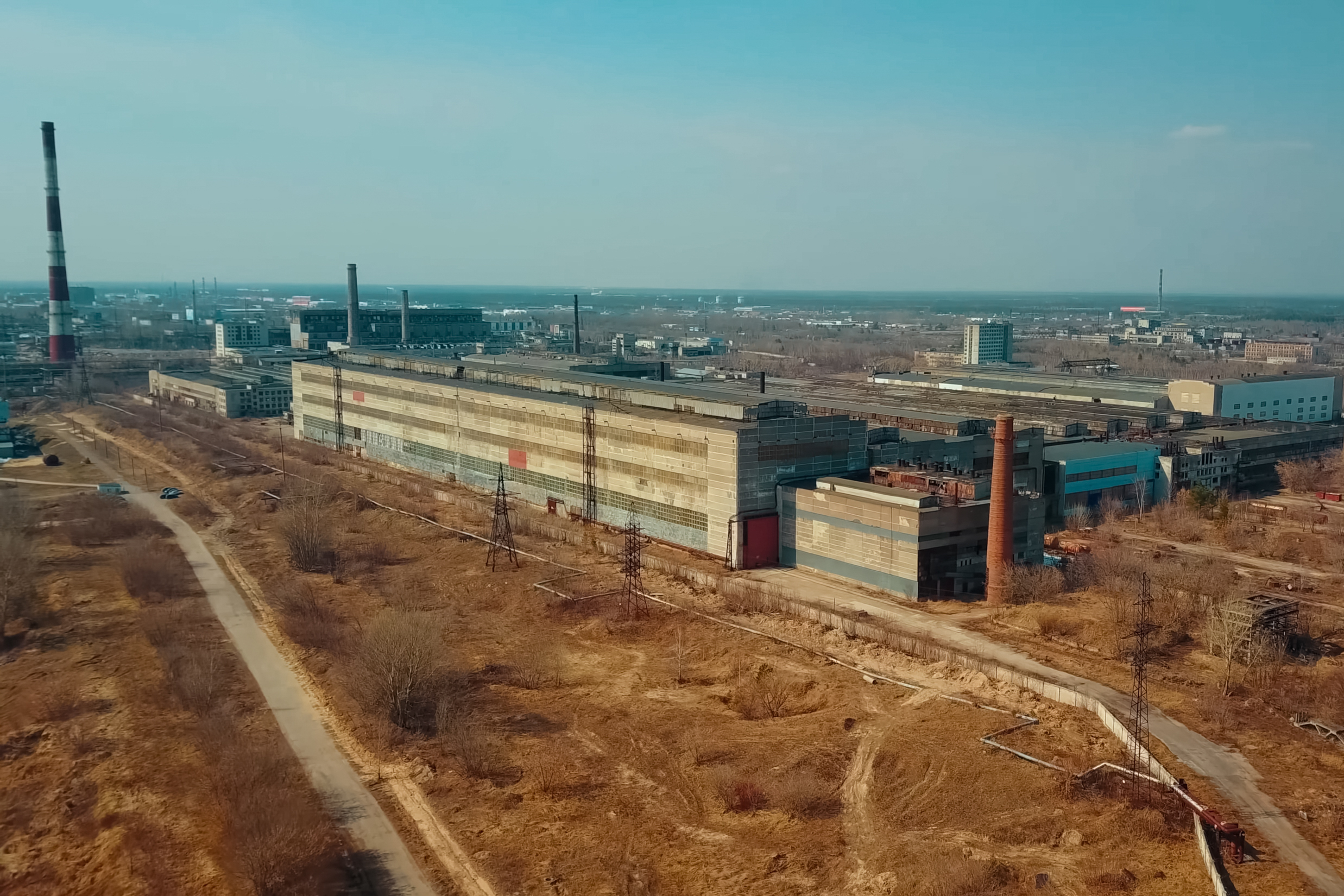Photographs of a pack of bright blue dogs on a snowy road in Russia are circulating online.
The pictures of the dogs seem to show the pack, all with varying degrees of cobalt hue in their coats.
The pictures were taken in the city of Dzerzhinsk, 370 kilometers east of Moscow, and published on the Russian social media website vk.com, according to The Moscow Times.
While some of the dogs are dark blue in color, others are less pigmented.
The response to the photos on social media was mixed – some said the dogs looked like cartoon characters, while others expressed concern that their fur was dyed blue as a result of pollution and concerned about the animals’ health.
A Twitter user wrote: “Those blue dogs in Russia are the result of toxic pollution. NOT FUNNY !!!!!”
Dogs are believed to have acquired the characteristic coloration after being exposed to chemicals in a nearby abandoned factory, according to reports.
The factory produced plexiglass and hydrocyanic acid, but closed six years ago after going bankrupt.
Hydrokinic acid, a suspension of hydrogen cyanide in water, was originally isolated from the Prussian blue pigment and bears the name cyan, the ancient Greek word for blue.
It is described as poisonous by the Center for Disease Control and Prevention, which lists one of its uses as a commercial dye, as well as a chemical warfare agent.
Former chemical plant bankruptcy manager Andrey Mislivets told state news agency RIA Novosti that the factory’s buildings also store copper sulfate, a chemical known for its bright blue color.

LYagovy / iStock
“Stray dogs are roaming the territory,” he said. “Possibly they found remnants of some old chemicals and rolled them over, and possibly it was copper sulfate.”
He reported that something similar had happened “several years ago”, with animals changing color after coming into contact with “unnatural dyes”.
RIA Novosti also reported that animal rights agencies said the dogs’ health was probably not in danger. Yet, Newsweek contacted the ASPCA to comment on the photos and the potential health risks for dogs.
According to reports, local authorities are currently negotiating with the management of the petrochemical company Orgsteklo for permission to enter the closed factory grounds and capture the dogs in order to determine why their hair has changed color.
“According to the preliminary visual inspection, the dogs are in satisfactory condition,” reported the Russian news agency Interfax. “Tomorrow, experts will enter the chemical plant’s grounds to find and examine the animals.”
